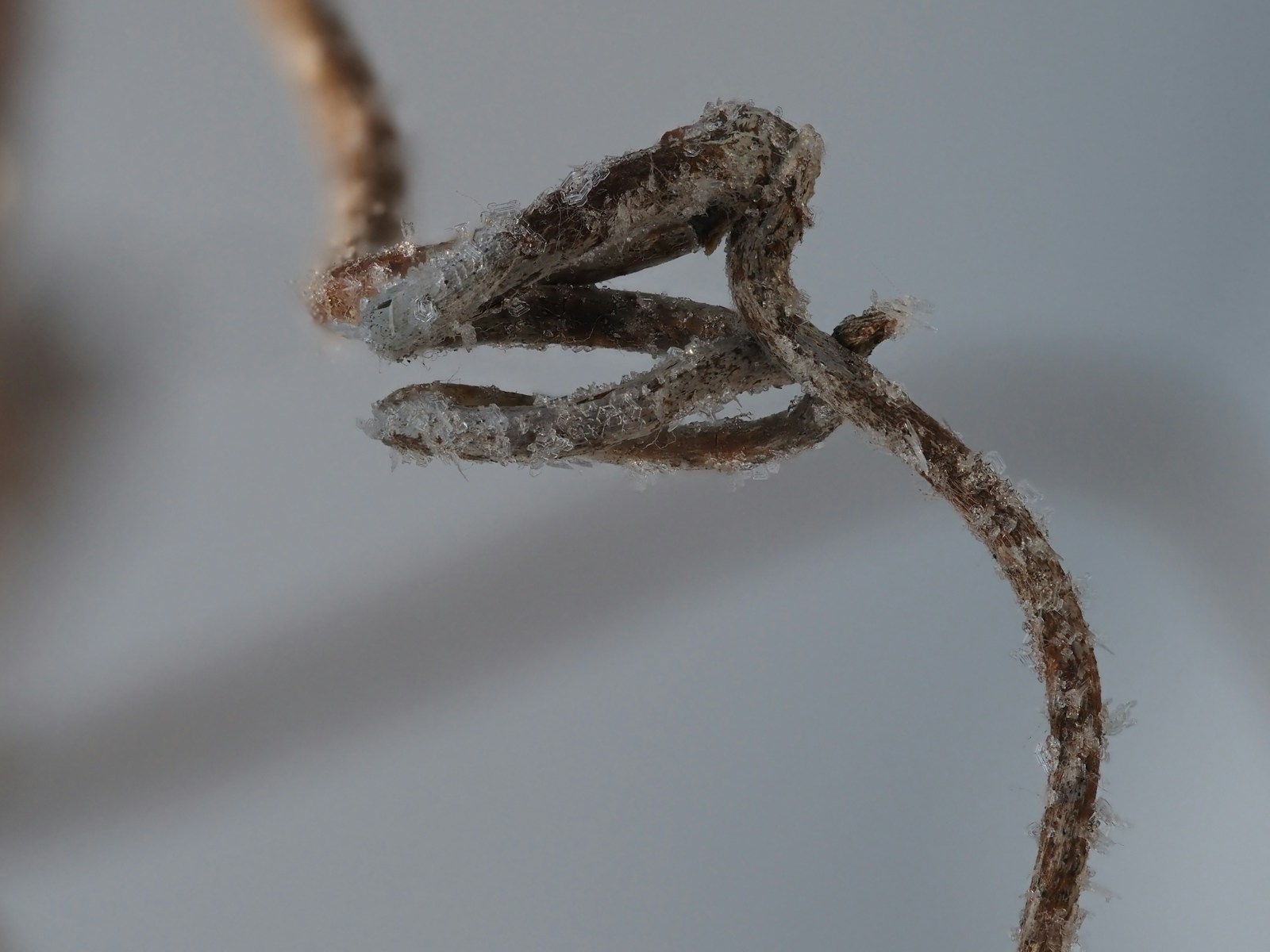
clima seco

Dry weather
The Spanish phrase 'clima seco' translates to 'dry weather' in English. This term is used to describe a type of weather condition where the humidity is very low or there is a lack of moisture in the air. This kind of weather is common in desert regions or areas that experience long periods without rain. People living in dry weather climates often have to take measures to conserve water and protect against dry air conditions.
Example sentences using: clima seco
El clima seco puede causar deshidratación.

The dry climate can cause dehydration.
This sentence indicates that a dry climate, or 'clima seco', could potentially lead to dehydration due to lack of sufficient water in the body.
En el clima seco, la piel puede volverse muy seca.

In dry weather, the skin can become very dry.
This example demonstrates the possible effects on the skin due to the dry weather or 'clima seco'.
Mi clima seco preferido es el del desierto.

My favorite dry weather is desert weather.
This sentence displays the speaker's preference for the dry, 'desert' type of weather.
El clima seco es característico de la zona central de España.

The dry climate is typical of the central area of Spain.
This example indicates that the 'clima seco', or dry climate, is a characteristic feature of the central area of Spain.
El clima seco puede ayudar a algunas personas con su salud.

Dry weather can help some people with their health.
This sentence implies that for some people, 'clima seco' or dry weather, can have beneficial impacts on their health.
El maíz no crece bien en clima seco.

Corn does not grow well in dry weather.
In this example, it is pointed out that corn has difficulty growing in dry climates or 'clima seco'.
Puede hacer mucho calor en clima seco.

It can get very hot in dry weather.
This sentence suggests that high temperatures are often associated with dry weather or 'clima seco'.
El clima seco requiere riego extra para los cultivos.

Dry weather requires extra irrigation for crops.
This example describes how 'clima seco' affects agriculture, indicating the need for additional irrigation in dry climates.
El clima seco puede ser duro para los recién llegados.

Dry weather can be harsh for newcomers.
This sentence communicates that 'clima seco' or dry weather can be difficult for those not accustomed to it.
Vivo en un lugar con clima seco.

I live in a place with dry weather.
In this example, the speaker explains their living condition in a place with 'clima seco'.